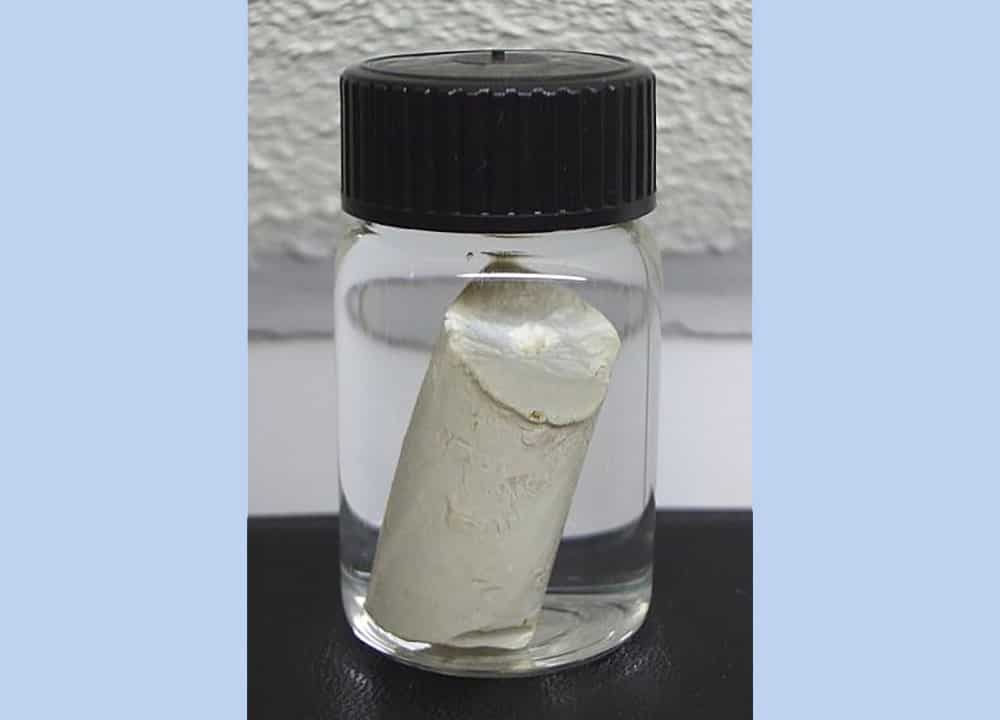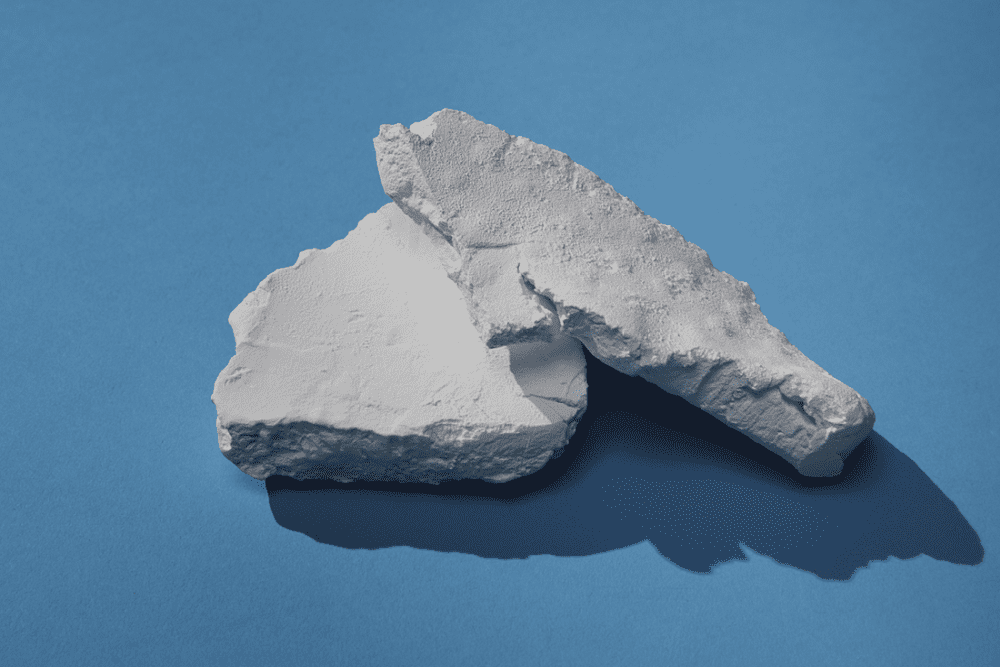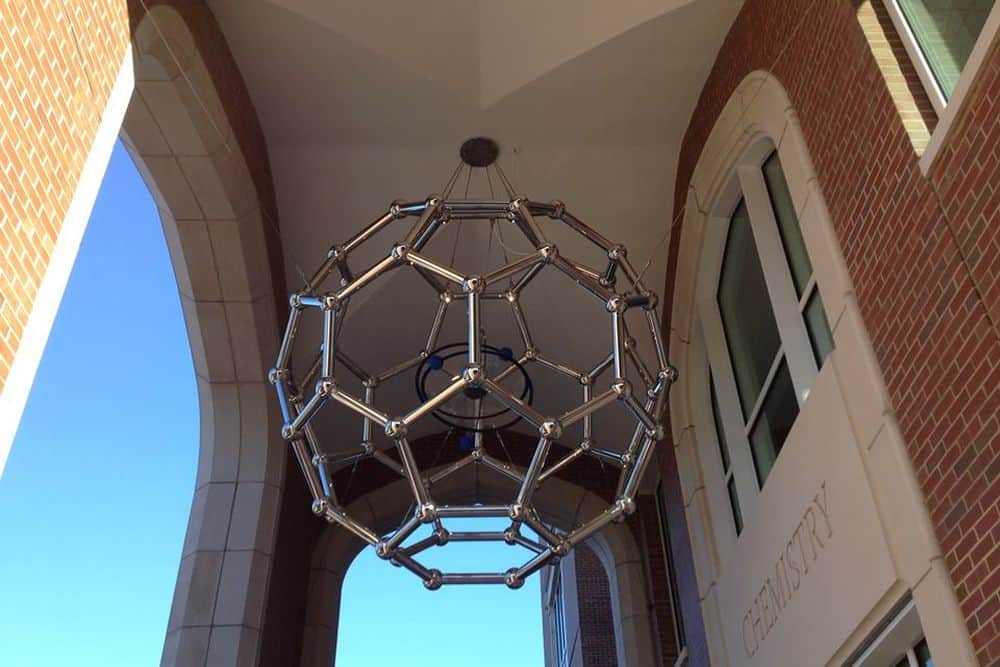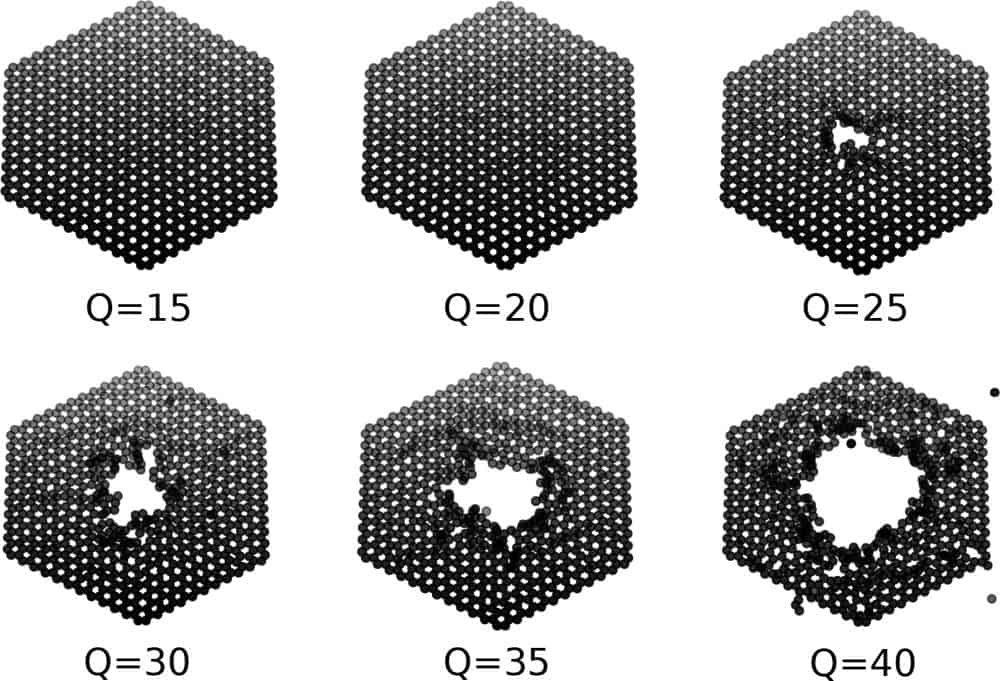Glass block walls can be a desirable way to maximize natural light exposure in a building, but their thermal properties do not allow for the best energy efficiency. Researchers at Empa, the Swiss Federal Laboratories for Materials Science and Technology designed aerogel-filled glass bricks that are translucent as well as thermally insulating and strong.
Read MoreReducing the amount of raw material needed to produce concrete is one way to help cut emissions in this industry. Aerated concrete, a lightweight and porous construction material, contains less raw material per volume than many other building products. Today’s CTT contains a brief overview of this material, including its history, production methods, applications, and ways to improve its end-of-life sustainability.
Read MoreThe expansive Wari civilization was the first political structure to unify the south-central and north-central Andes. A new study used ceramic geochemical analysis to learn more about this ancient civilization.
Read MoreWhite phosphorus is a synthetic form of phosphorus used to produce many commodity chemicals. But the conventional process for producing white phosphorus has a high carbon footprint. Researchers at Massachusetts Institute of Technology developed a molten salt synthesis process for white phosphorus production that is more cost effective and environmentally friendly.
Read MorePickleball is the fastest-growing sport in the United States. Learn more about the sport and how ceramics push pickleball to the next level.
Read MoreThe recent one-year anniversary of the National Science Foundation’s Directorate for Technology, Innovation, and Partnerships is a reminder of the federal government’s commitment to take a larger role in supporting the transition of use-inspired research from the lab to the marketplace. Ideally this support will allow more university researchers to follow in the footsteps of Sublime Systems, a spinout from the Massachusetts Institute of Technology that aims to commercialize a low-carbon cement technology.
Read MoreAs applications for carbon nanostructures flourish, the exploration for new carbon structures continues. Today’s CTT highlights three discoveries announced during the past few months.
Read MoreBombarding materials with highly charged ions is one way researchers can manipulate and modify 2D heterostructures. TU Wien researchers developed a model to simulate this bombardment and reveal why, when hit, some 2D materials form nanopores and others do not.
Read MoreMost explorations of plastic deformation in ceramics have focused on oxide systems. A recent study led by researchers at Tsinghua University in China demonstrated the possibility of plastic deformation in nonoxide ceramics as well, specifically silicon nitride, by harnessing a dual-phase structural configuration.
Read More








